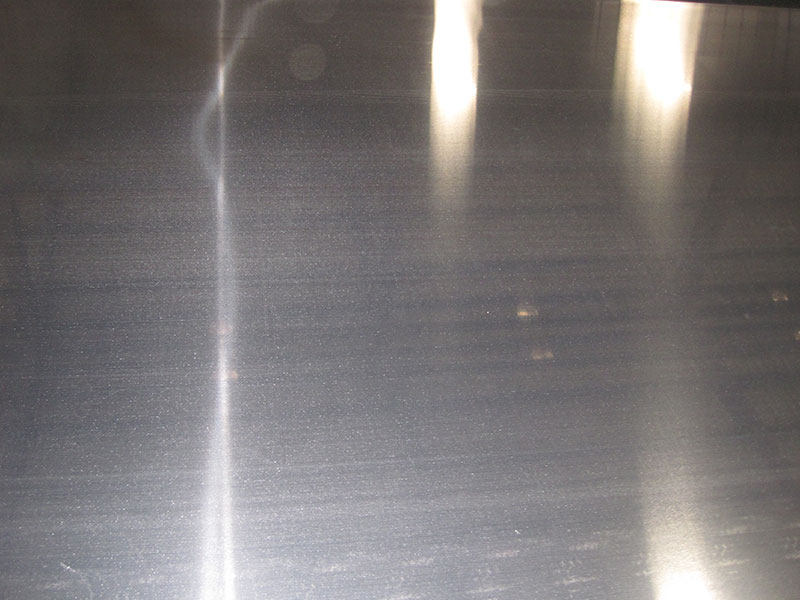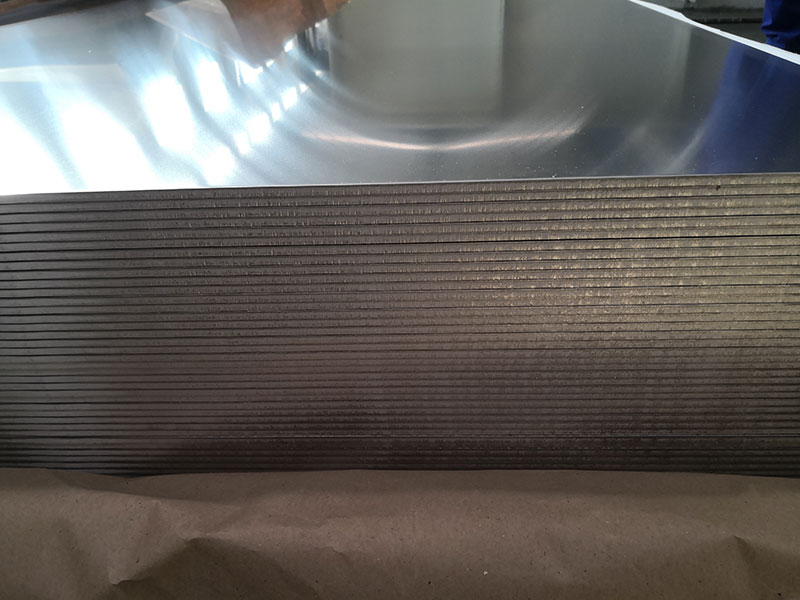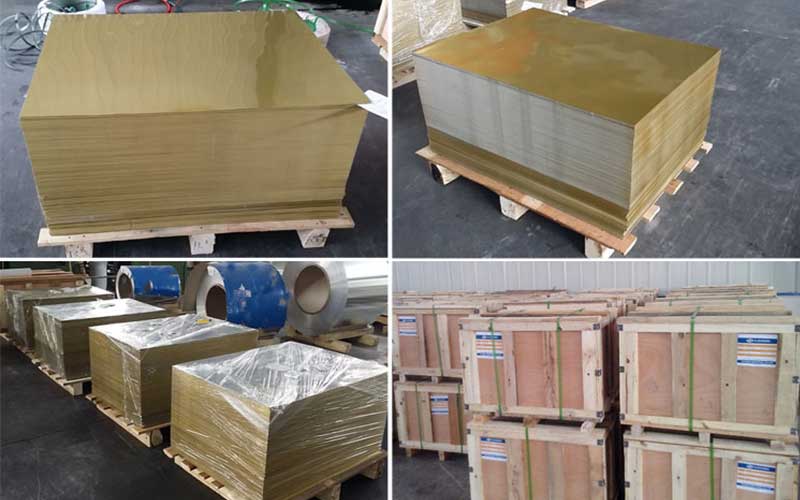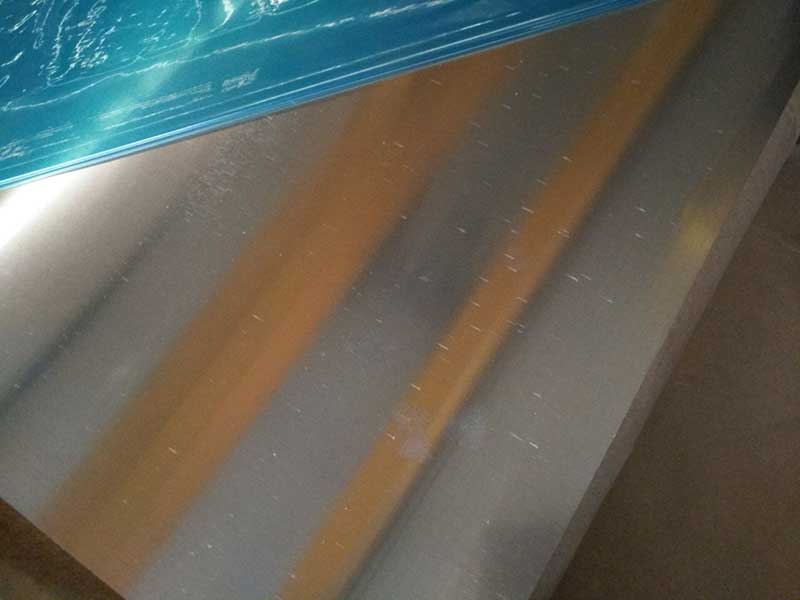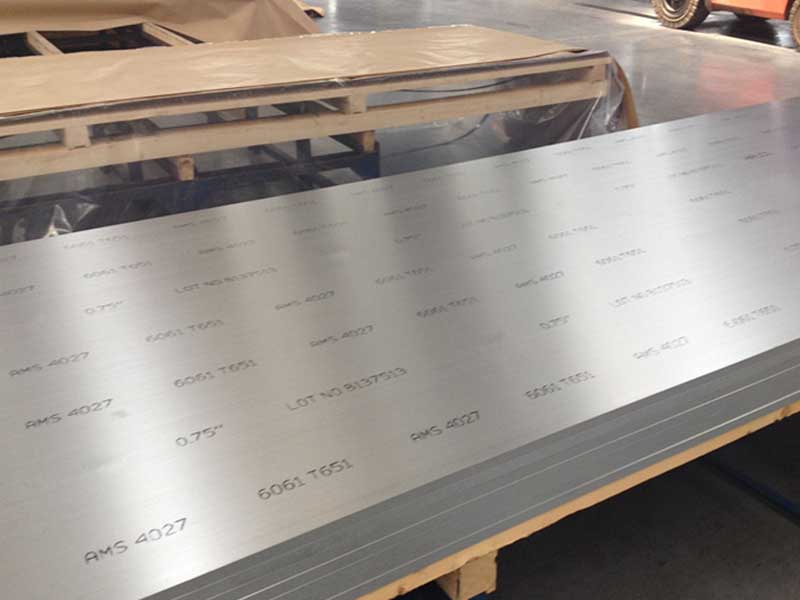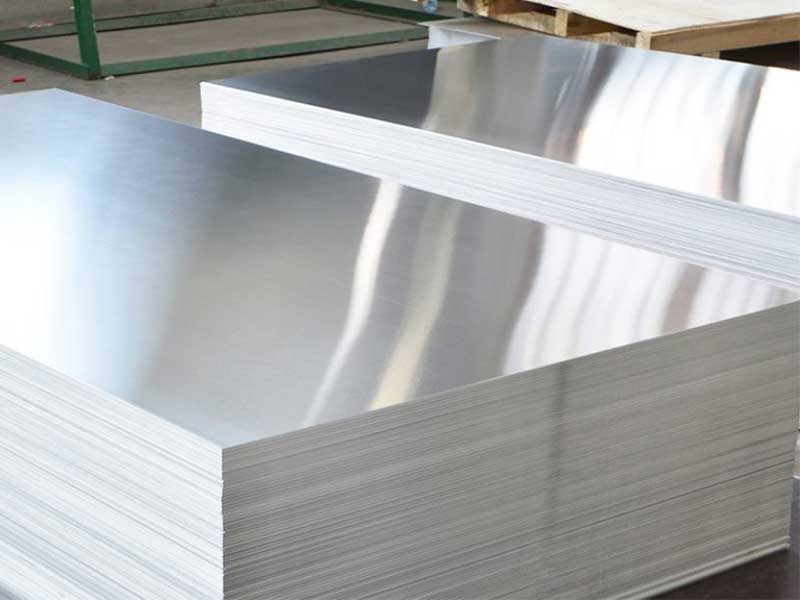Standard aluminum sheet
When we think of aluminum sheets, often the first picture that comes to mind is that shiny, silvery surface stretching out in factories or perhaps adorning architectural marvels. What we might overlook is the complexity lying beneath that otherwise simple appearance. In many ways, the standard aluminum sheet is both a canvas for innovation and the backbone of numerous industries, from aviation to construction, packaging to automotive engineering.
The Composition of Standard Aluminum Sheets
Aluminum sheets are typically classified according to the 1000 series to 8000 series, based on the types of alloying elements used. At the core of the sheet’s functionality lies a rich tapestry of chemical composition varying by the alloy series. Their properties, closely related to their chemical makeup, dictate their application.
Properties and Chemical Composition
| Alloy Series | Main Alloying Element(s) | Notable Traits | Typical Applications |
|---|---|---|---|
| 1000 | 99% Aluminum | High conductivity, corrosion resistance | Electrical and chemical industries |
| 2000 | Copper | Strength, not highly corrosion-resistant | Aerospace, military applications |
| 3000 | Manganese | Good workability and corrosion resistance | Beverage cans, heat exchangers |
| 5000 | Magnesium | Marine environments, weldable | Ship building, pressure vessels |
| 6000 | Magnesium & Silicon | Good mechanical properties, corrosion resistant | Construction, structural applications |
| 7000 | Zinc | Very high strength, not as easily weldable | Sporting equipment, aircraft |
Tempering: The Backbone of Aluminum Sheet Manufacturing
But alloying isn't the only process that shapes the characteristics of these sheets. Tempering plays an equally crucial role transformations, adjusting performance characteristics through heating and cooling treatments.
Standard aluminum sheets are typically arrived at through four tempering classifications:
- F (As Fabricated): No special tempering.
- O (Annealed): Softened for maximum ductility.
- H (Strain Hardened): Intentionally strengthened to maintain ductility while offering resistance.
- T (Thermal Treatment): Stabilized through heat or aging for a balance between strength and ductility.
The Kitchen Table Test: Decoding Standards and Specifications
Many customers become puzzled by specifications and operational standards available in contexts like ASTM, ISO, and EN regarding aluminum https://www.aluminumplate.net standards set rigorous benchmarks for various properties including thickness, flatness, and mechanical behavior.
For instance, ASTM B209 specifies the standard for aluminum and aluminum alloy sheets and plates which lays out:
- Thickness: Determined in inches or mm; industry norm calls for less than 6 mm for sheets and more for plates.
- Flatness: Assessments of bow, camber, and twist ensuring precision in flat structures.
- Surface Quality: Defects, lint, scratches, and coloration criteria for aesthetic applications such as architectural paneling are highlighted evaluating functionality beyond just application.
The Balancing Act
Aluminum sheets come with a multifunctional promise that maintains usability while adapting to rigorous harsh industrial conditions. Every specification is a run-and-test, a gamble at material selection possessing systemic implications that affect cost, strength, corrosion resistance, and formability.
The significance of standard aluminum sheets transcends both raw impossibility and skepticism. They achieve an extraordinary equilibrium, ideally suited for applications like radiators in vehicles where thermal conductivity matters, to engravings in nameplates combining aesthetic with utility.
https://www.aluminumplate.net/a/standard-aluminum-sheet.html


